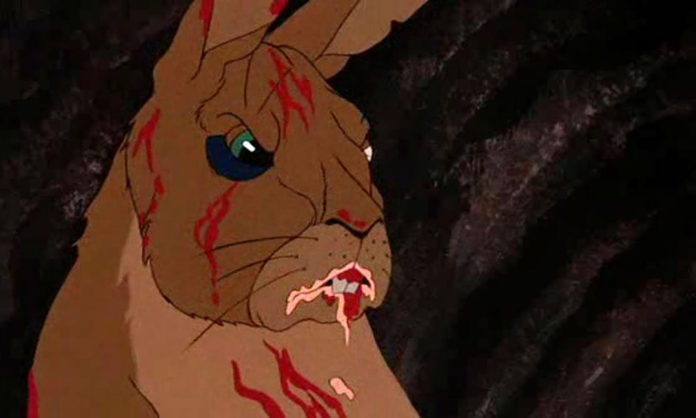Anthropomorphized animals are common in children’s books, YA, and of course animated film, but also pop up often enough in science fiction and fantasy stories, as well other genres. Jocelyn Cole and Sharon Nagel – who write under the pen name Juneau Black – have launched a series of mystery novels with animal characters (Death at Pooh Corner??) and offer some advice on writing critters with human characteristics in a post on CrimeReads.
“Our amateur sleuth Vera Vixen is a literal foxy reporter who senses more to the story when the local curmudgeon (a toad) turns up murdered and it seems like every resident had a solid reason to do the deed,” they explain. “As writers, we had to get in our characters’ heads and portray their behaviors and beliefs in a way that made sense for what they were (both physically and socially), while fitting in the traditional detective story so that readers can follow along with each clue and solve the puzzle with Vera.”
As an example, the writers had to decide how to describe a handkerchief, as their characters wear clothes but don’t have human hands. They finally settled on “pocket square” as something the animals themselves would understand. Multiply that decision by hundreds of other common terms that refer to human anatomy or physical space and you see the challenge.
The writers also wanted their characters to be reflective of their species without becoming caricatures. That meant giving each their own personality and motives, and a reason any could be the murderer.
The writers created a fantasy world where there are no humans and have never been humans, but still wanted the setting to feel like the natural world. They relied on the cozy settings of the novels of Agatha Christie and other novelists, and inserted a few real-world in-jokes, such as a bookselling raven named Lenore Lee who sells copies of Of Mice and Men and Watership Down.
“It required some careful thought about how to reference events and descriptions so that readers could grasp the point while keeping them in the story,” they write. “But we also found that the usual rules of writing apply. By sinking into the story and viewing the setting through the understanding of our characters, much of the story and description flowed very organically.”












